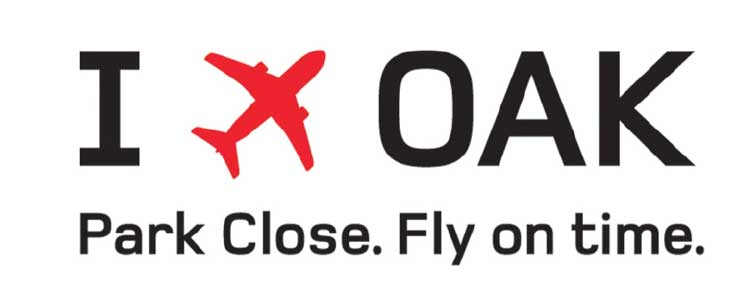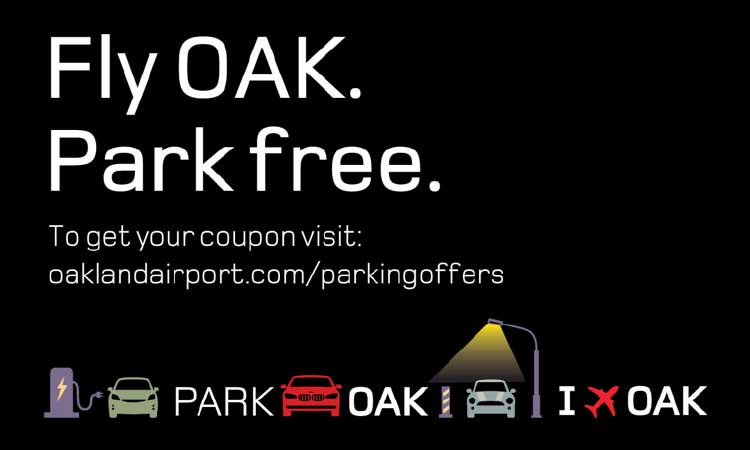The controversial Oakland Airport Connector (OAC) is losing money and struggling to meet ridership projections. The East Bay Times reports that the service has not met ridership expectations, costing BART about a million dollars in additional operating costs over the first two years of operations. The service was originally projected to generate two million dollars in profit over this time period. The Times blames the growth of transportation network companies (TNCs) like Uber and Lyft for undercutting OAC ridership: TNCs are often cost-competitive to the $6 fare, especially if passengers are traveling in groups (OAK does not apply a surcharge to TNCs like SFO). An OAC-BART trip within Oakland costs about the same as a one-person UberPOOL trip or a two-person UberX trip, but TNCs also provide door-to-door service with shorter wait times and faster travel times.
However, TNCs are one of many factors contributing to the OAC’s disappointing performance. The project’s merits were dubious at the outset: outgoing BART board president Tom Radulovich once dubbed it “Blingfrastructure” – a flashy project that provided little transportation benefit. Suspiciously high ridership projections were used to justify the half-billion dollar project in lieu of improvements to existing transit services, prompting an investigation that found BART committed a Title VI civil rights violation in pursuing the project.
The airport is also to blame by undercutting OAC ridership through its promotion of an abundance of cheap parking. The airport’s slogan is “Park Close, Fly On Time,” and the airport constantly runs promotions for heavily discounted parking that encourages passengers to drive. Meanwhile, the airport has never run a single discounted BART fare promotion to encourage OAC ridership. These promotions undermine the OAC’s ability to attract and sustain ridership.

The Oakland Airport promotes the convenience of its parking (above) and offers numerous online coupons for free or cheap parking (below).

Some will point out that while the OAC is underperforming on ridership, its farebox recovery rate of 96% is still extraordinarily good for any transportation system – BART’s fares cover about 76% of expenses while Uber’s fares only cover 41% of its expenses. But a cornerstone of the case for building the OAC was it would be revenue-neutral and would not drain subsidies from BART’s operating and maintenance budget. It has fallen short of these promises due to some external factors (TNCs, gas prices, etc.) that could not be controlled, but many internal factors (ridership estimates, fares, parking pricing, promotions, etc.) that could.
Changes to fares and service may help BART provide a better balance between ridership. But BART can only do so much to compete with cheap parking and TNCs. For the OAC to succeed, BART needs the airport to play a more supportive role in promoting the service and leveling the playing field with parking and TNCs.

